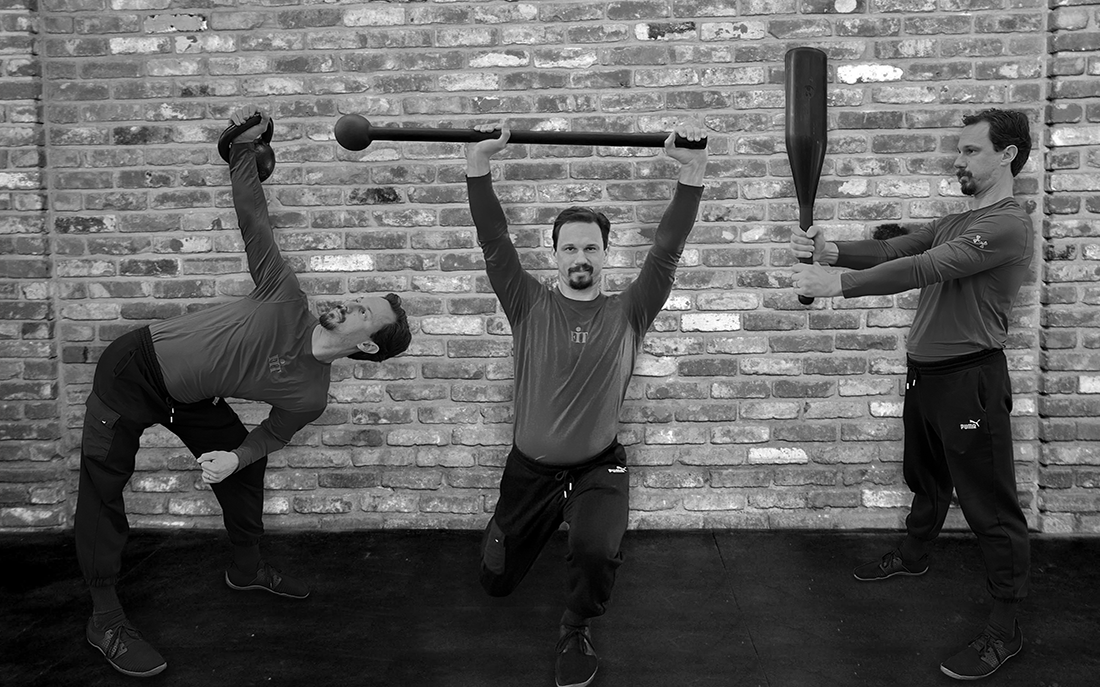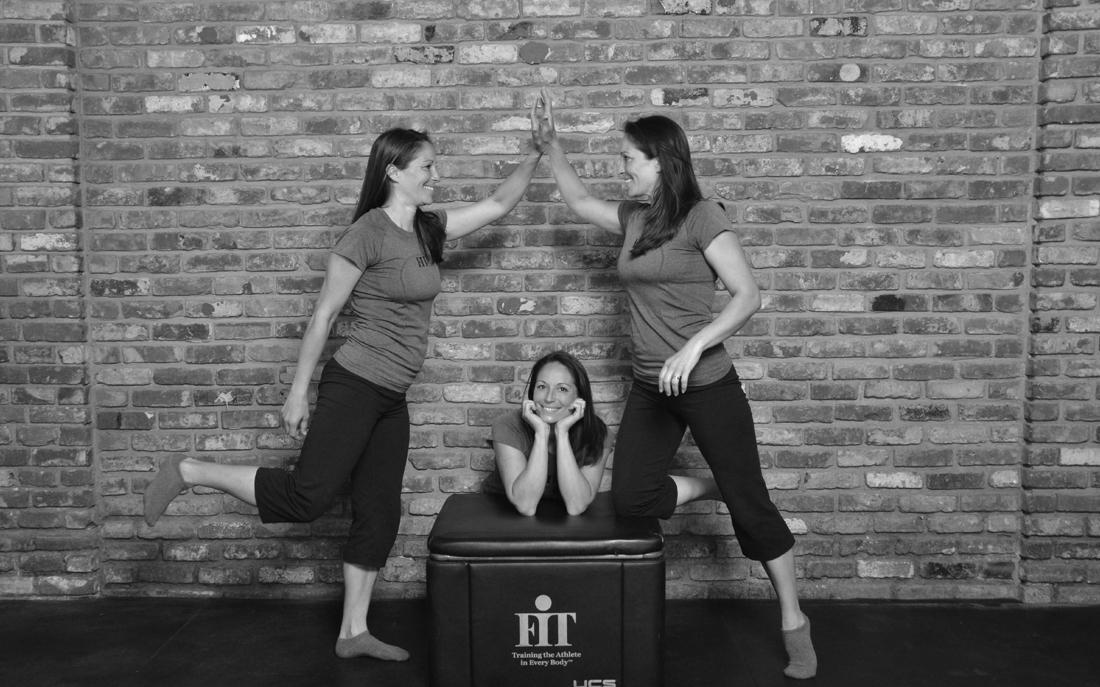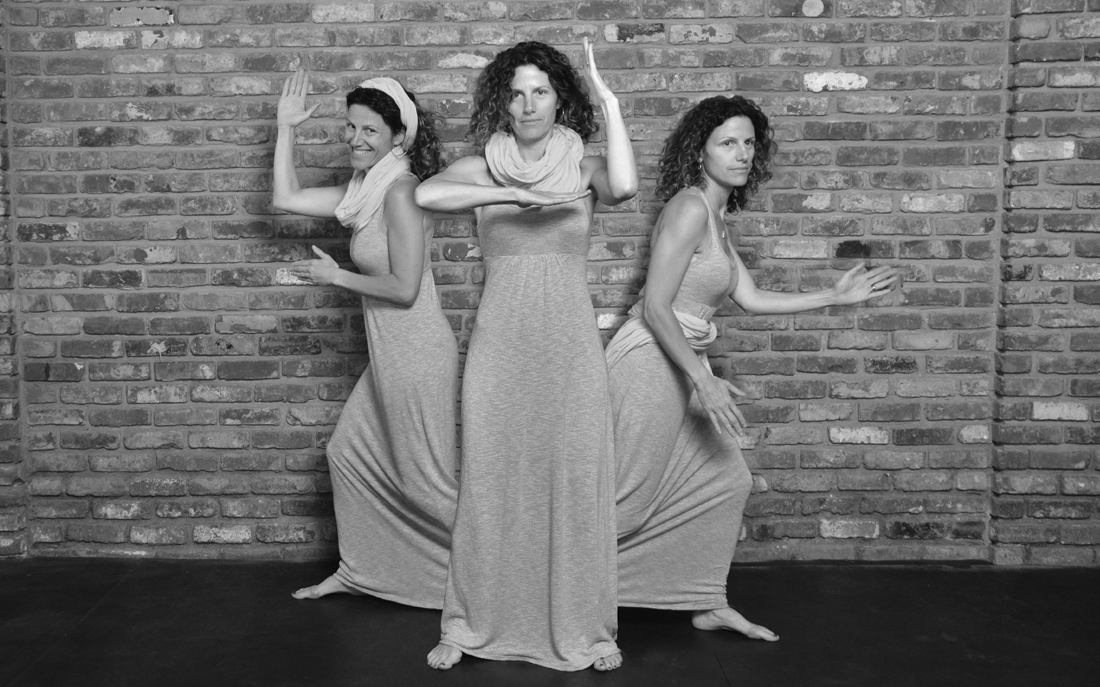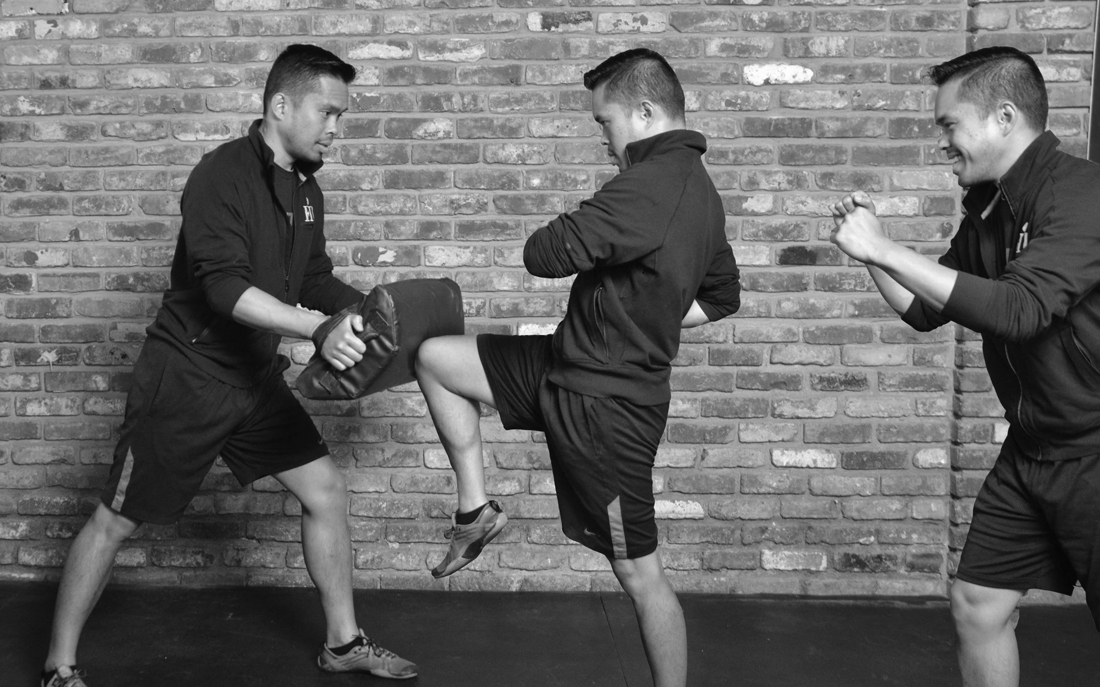A few weeks ago, around four o’clock I received a phone call from my lovely girl friend stating she had mid-back pain since 11 o’clock. She said that the pain had not minimized at all throughout this time and was accompanied by shortness of breath and slight nausea
At first we thought it might have been from some sort of muscle pain caused by a workout or holding something heavy for a long amount of time, but muscle pain would have minimized in five hours and she had not exercised strenuous enough to cause such pain.
After a couple more questions concerning what she had eaten for breakfast, I regretfully suggested that she might have gallstones. She had no idea what those were or what might have caused them. Long story short and an ultrasound later, she was positive for gallstones.
The occurrence of gallstones has bewildered scientists for some time, and many within the scientific community believe that it involves an inherited mis-management of cholesterol by the liver. For example, according to the Kaiser Permanente Medical Center’s informational brochure on gallstones, “when there is too much cholesterol in the bile, it forms crystals which gradually enlarge to form stones. The amount of cholesterol in bile has no relation to the blood level of cholesterol.”
However, this explanation does not get to the root of the matter of what actually causes the gallstones to appear in the first place. We eat cholesterol in food, such as seafood. We manufacture cholesterol naturally in our liver. So, why would it suddenly create gallstones?
There is a theory in the world of science that gallstones are created in individuals that have undiagnosed celiac disease. Celiac disease is defined as an autoimmune disease caused by gluten, a protein found in wheat, rye, barley and millet. Grains contain a variety of proteins, some called lectins. According to this theory, over time these lectins damage the villi on the wall of the small intestine. When the intestinal wall is damaged, the chemical messenger that tells the gall bladder to release bile into the small intestine, called cholecystokinin (CCK), is not released. When this signal is blocked, we do not properly digest our foods, particularly fat and protein. The lack of bile released allows cholesterol crystals to form in the gall bladder, which leads to gall stones.
Usually individuals with gallstones have their gall bladder removed and they may return to their old way of eating, which in this country consists of a high-carbohydrate, grain-based diet. However, if the gluten-allergy-gallstone hypothesis is true, the sensitivity to gluten does not end even when the gallbladder is removed. Celiac patients still have sensitivity to gluten. Just because there is less bile available to create the gallstones, reminding an individual of this sensitivity during a painful gallstone attack, the autoimmune disorder still requires nutritional caution. Additionally, these people are at greater risk of developing rheumatoid arthritis, lupus, Sjögren’s, multiple sclerosis, vitiligo, Huntington’s, etc., which would require a gluten-free and/or lectin free diet, i.e. removing all grains, legumes and dairy.
Therefore, if the gallstone-celiac disease theory is correct, gall bladder removal may be viewed as a partial remedy to the problem. Individuals may want to consult with their physician concerning a celiac test to determine if he/she may be diagnosed with a gluten-allergy.
Personal Note
On a final note, this will be my last newsletter article for a while, due to time constraints in pursuing new challenges in the Wellness coaching world. I have appreciated all of the dialogue and feedback over the last 8.5 years.



















